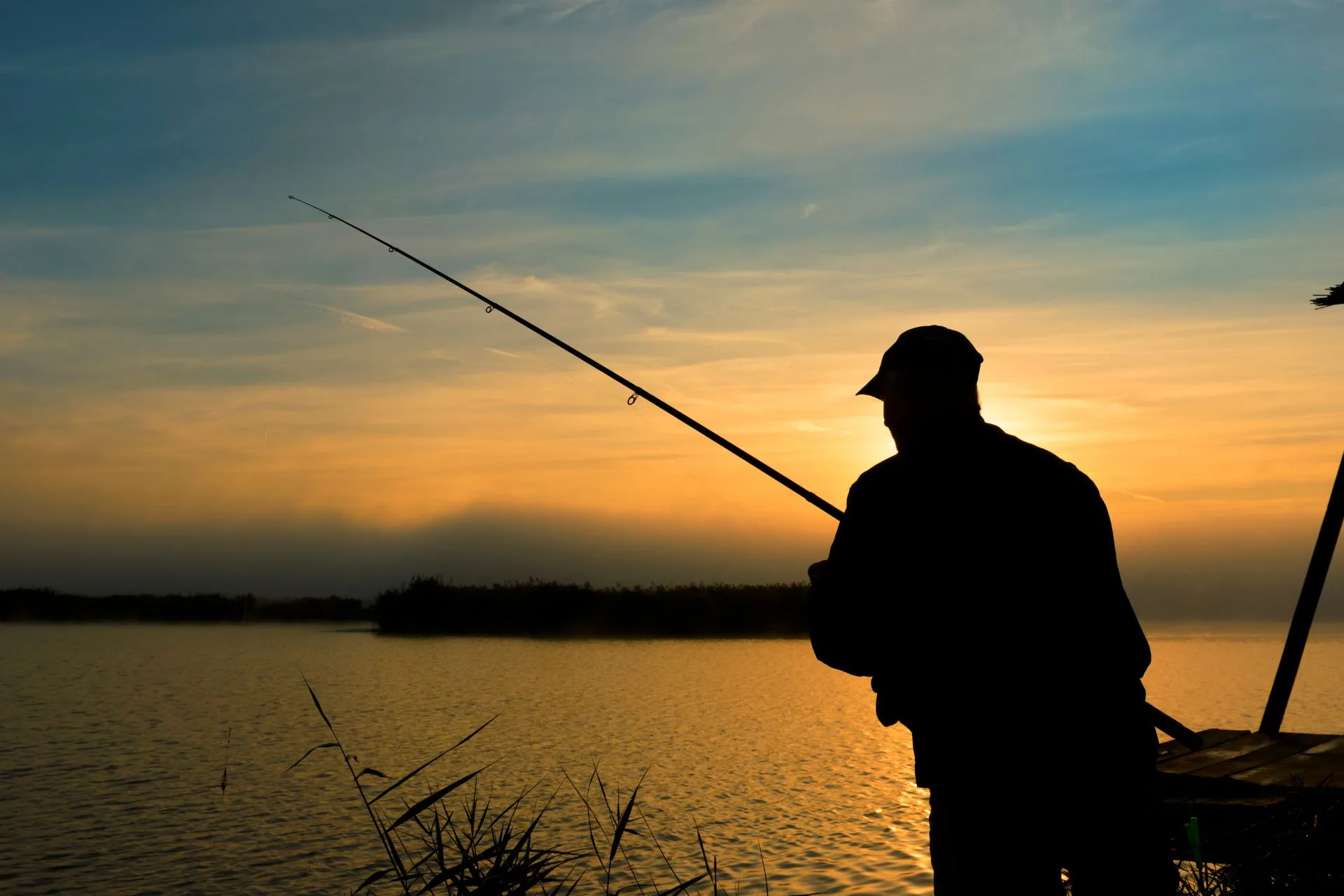HELENA — Montana is famous around the world for its rivers and lakes, and it turns out that angling in the Big Sky state has a sizable economic impact.
A recent study from the University of Montana, Bureau of Business and Economic Research (BBER) and Montana Fish, Wildlife & Parks shows that in 2024 more than 450,000 resident and nonresident anglers spent a combined $1.27 billion on fishing trips in Montana.
“Montana’s amazing angling opportunities are no secret, but this research shows just how important fishing is to communities and businesses around Montana,” said FWP Director Christy Clark.
The BBER study found that cold water fishing (primarily for trout) accounted for most economic activity, which was generated primarily from nonresidents. Cold-water fishing generated about $1.1 billion in trip-related expenditures. More than 70 percent of the cold-water fishing expenditures came from nonresident anglers.
While the total economic output was lower for warm-water fishing, it still supports steady economic activity on a more local level. Warm-water species include northern pike, walleye and bass. Angling for these species generated more than $170 million in expenditures, with two-thirds of that coming from Montana residents. These trips are typically more frequent and localized, making them an important economic driver for rural communities that may not see other tourism activities.
“The large economic impact of fishing reflects the high quality of Montana’s fishery resource and related services,” according to BBER Director Jeffrey Michael. “The biggest spending categories are accommodations, outfitters and guides, and restaurants, which support thousands of Montana jobs.”
The survey was administered to a sample of adults (18 years of age or older) who purchased a Montana fishing license during the 2024 season. Survey respondents were asked to report the number of trips they took, the types of water bodies fished, species targeted, and the number of days spent fishing. They also provided detailed spending information related to travel, lodging, food, guides, equipment, and other trip-related expenses. The survey was conducted from November 2024 to May 2025. These selected participants were mailed a survey. Nearly 1,200 people completed the survey.
Trip and expenditure results from the survey were also incorporated into economic modeling to estimate the number of jobs created, personal income generated, value-added contributions to the state economy and total economic output from cold-water and warm-water fishing.
The study found the following:
Cold-water Fishing
Cold-water fishing generated $1.1 billion in trip-related expenditures and:
- Supported 14,355 jobs
- Generated $385.3 million in personal income
- Contributed $828.4 million in value-added
- Resulted in $1.35 billion in total output
Nonresidents accounted for more than 70 percent of cold-water-related spending.
Warm-water Fishing
Warm-water fishing generated $170 million in trip-related expenditures and:
- Supported 1,623 jobs
- Generated $41.9 million in personal income
- Contributed $90.7 million in value-added
- Resulted in $147.6 million in total output
Two-thirds of warm-water spending came from Montana residents.
View the full report here:
www.bber.umt.edu/pubs/econ/MT-Fishing-Econ-Impact.pdf
The Bureau of Business and Economic Research is a research center located in UM’s College of Business. BBER researchers engage in a wide range of applied research projects that address different aspects of the state economy, including survey research, economic analysis, health care research, forecasting, wood products research and energy research. For more information visit bber.umt.edu or call 406-243-5113.
-fwp-



